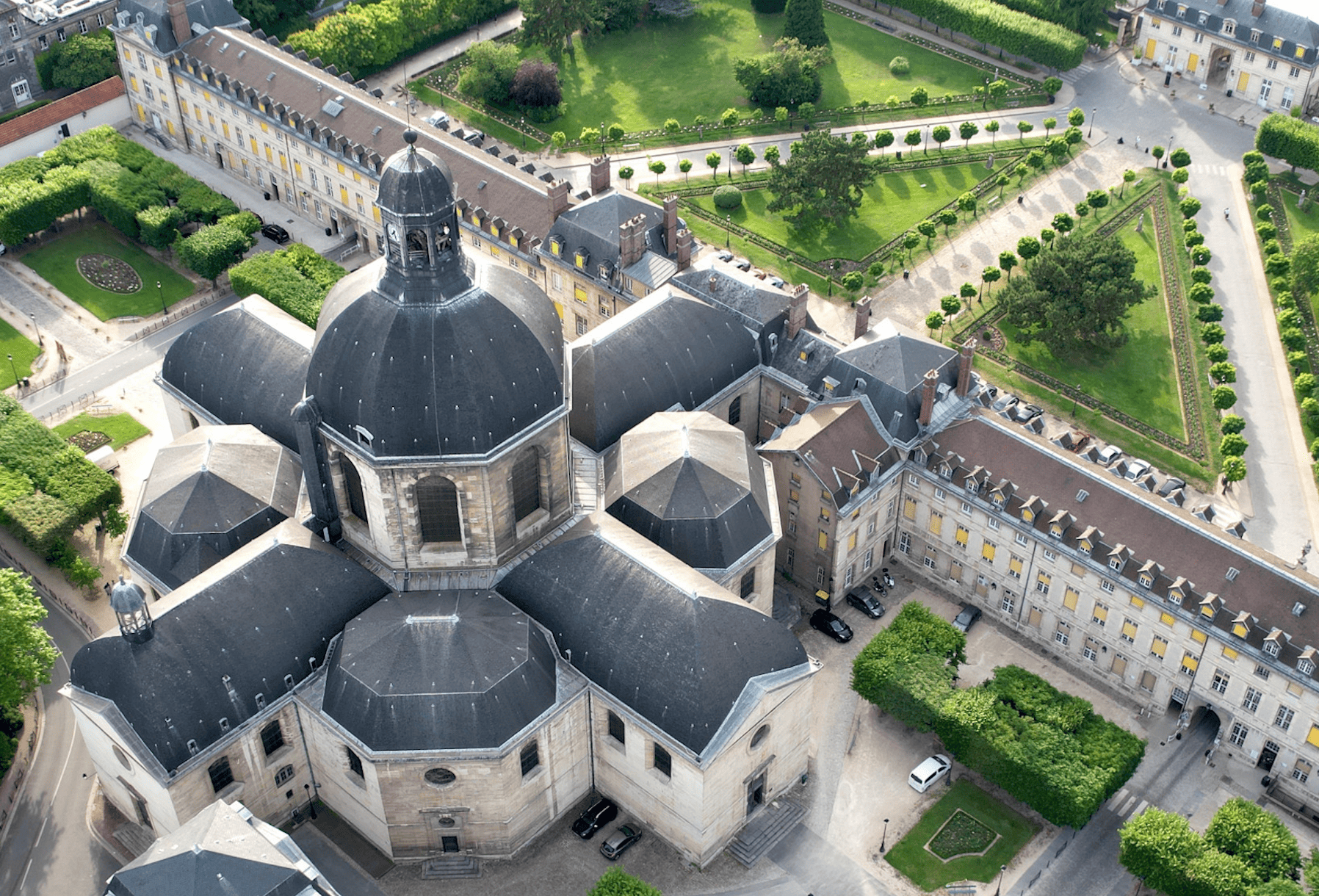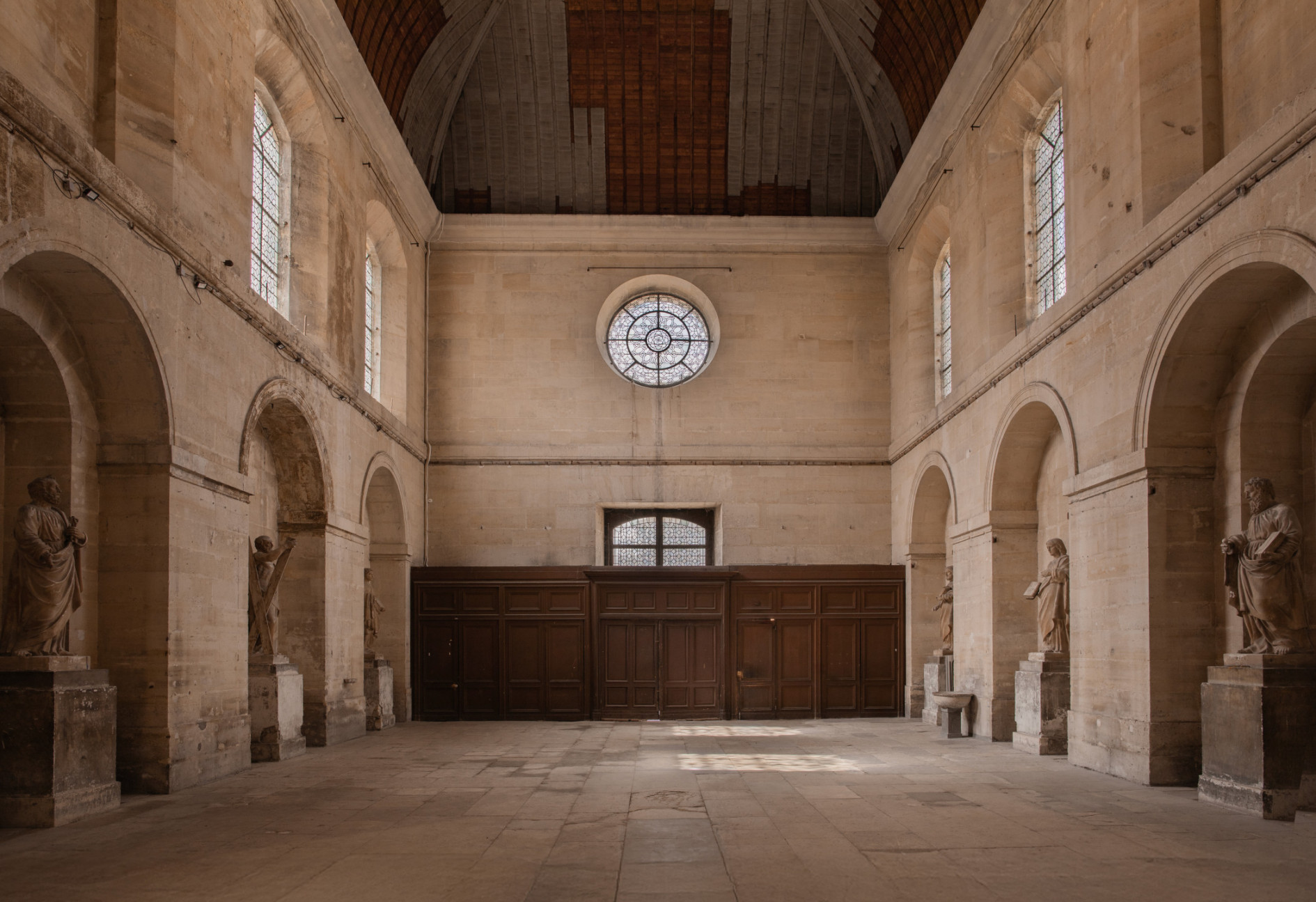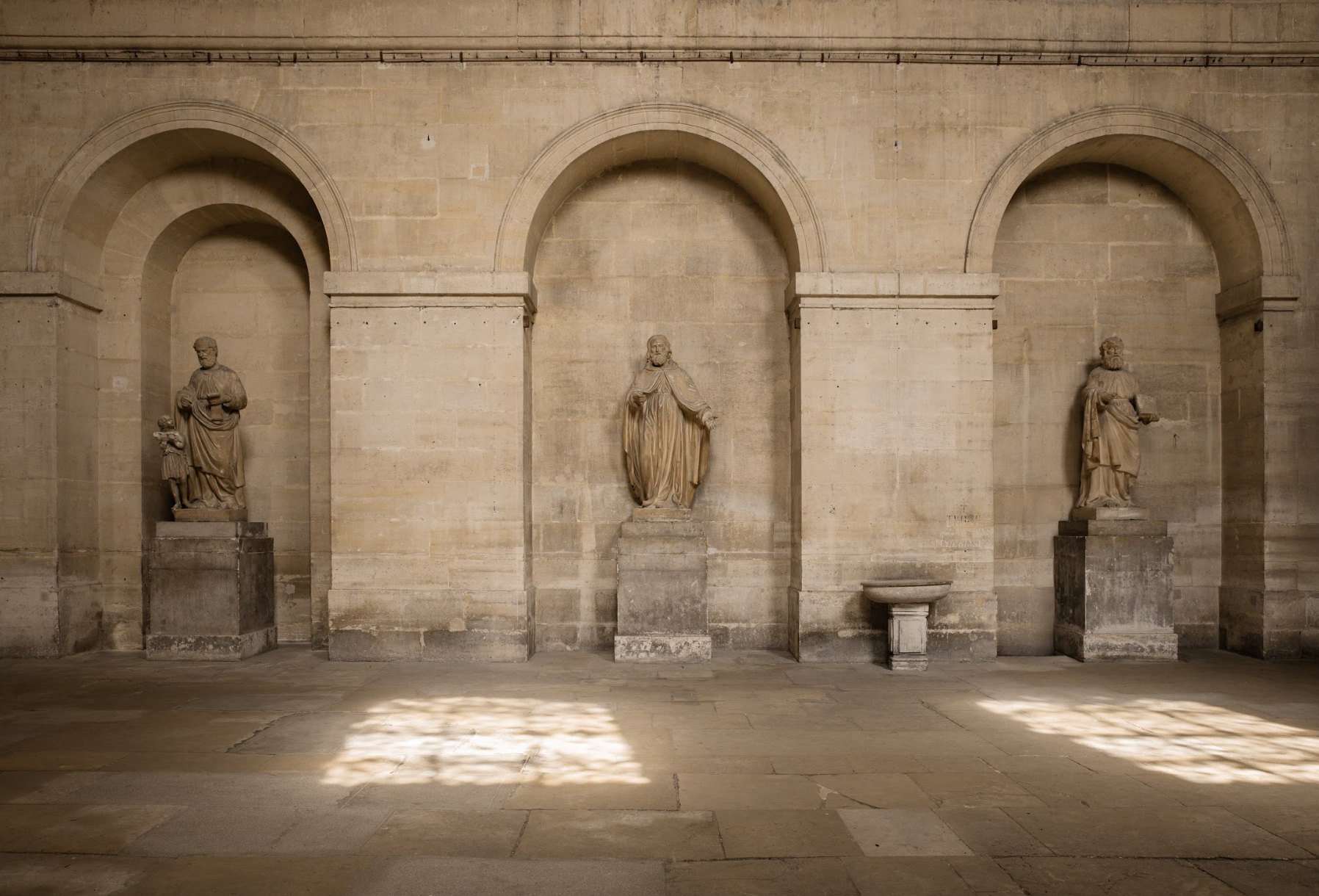For its fourth edition, OFFSCREEN returns to an exceptional new venue, La Chapelle Saint-Louis de la Salpêtrière. Following two editions at the brutalist Grand Garage Haussmann, and the first edition at Hôtel Salomon de Rothschild, OFFSCREEN 2025 once again will activate a distinct architectural landmark.

Once a renowned home to site specific interventions at the end of the 20th century, with installations and performances by Anselm Kiefer, Bob Wilson and Lucinda Childs, Bill Viola, Nan Goldin, Christian Boltanski and others in the Festival d’Automne, la Chapelle Saint-Louis de la Salpêtrière is primed for rediscovery.
La Chapelle Saint-Louis de la Salpêtrière was originally designed by Louis Le Vau, architect to King Louis XIV. He passed away before completing the project, and Libéral Bruant, designer of Hôtel des Invalides and Notre-Dame des Victoires completed the task. The massive church is built in the shape of a Greek Cross, with four naves and four chapels that ring around a central section topped with a soaring octagonal dome with windows and an oculus allowing for the passage of light.

Before l’Hôpital Pitié-Salpêtrière AP-HP was a hospital, in the 17th century it was a hospice, used as a detention center for “degenerate” women. In the 19th century, the space transitioned into a medical establishment focused on neurological and mental health. Still with a focus on “insane and incurable” women, the asylum was home to early pre-psychiatric studies and treatments for madness by Philippe Pinel and Jean-Étienne Dominique Esquirol.

In the late 19th century, Jean-Martin Charcot carried out his famous studies on hysteria and hypnosis here, including his immense output of early photographic documentation of physical hysterical symptoms as explored in George Didi-Huberman’s classic 1982 text Invention of Hysteria.